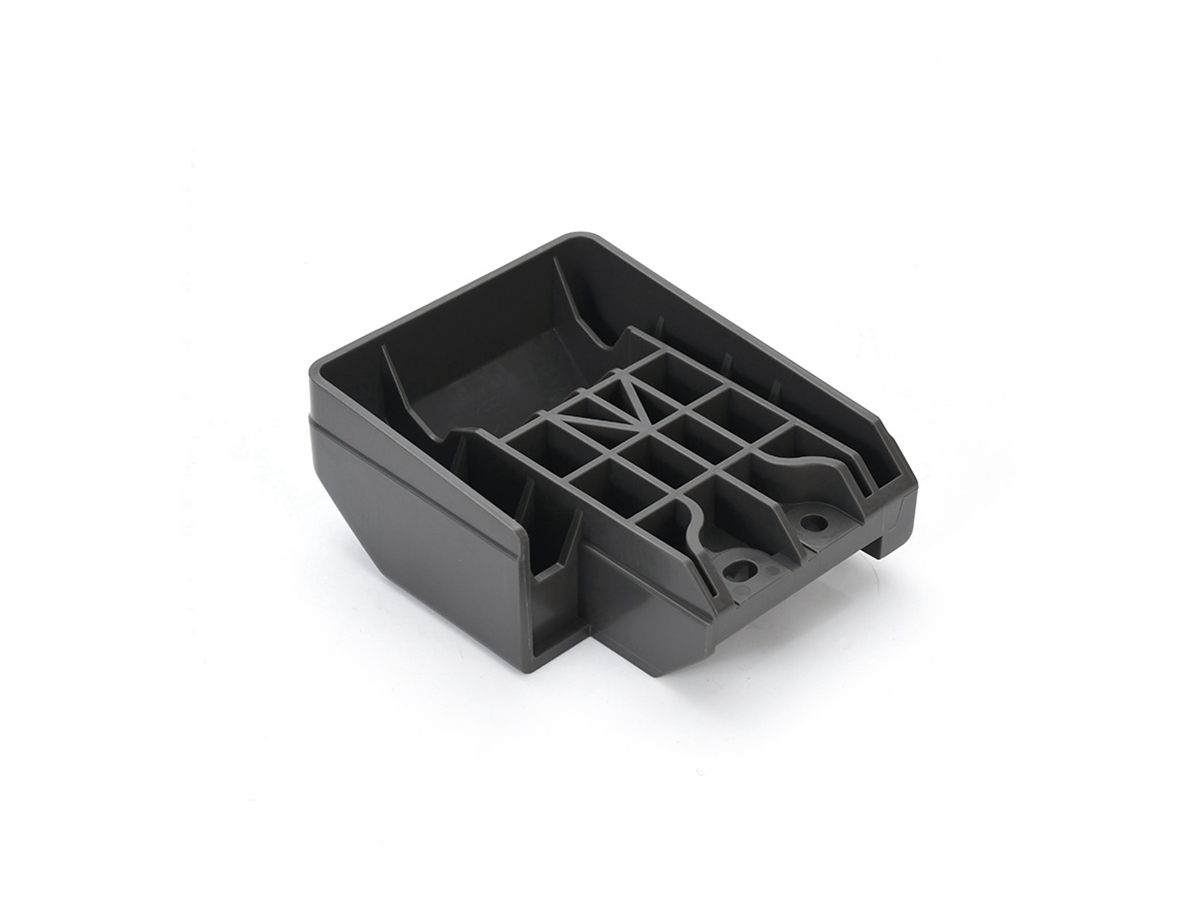Plastic Rapid Molding: Quick Turnaround for Custom Consumer and Industrial Products
Introduction
Plastic rapid molding offers fast, precise, and cost-effective solutions for manufacturing customized consumer and industrial products. Industries such as consumer products, industrial equipment, and medical devices benefit significantly from rapid molding, which quickly produces high-quality plastic components (±0.05 mm tolerance) using materials like ABS, Polycarbonate (PC), and Nylon (PA).
Rapid plastic molding accelerates product development, providing short production cycles, reduced costs, and flexible designs tailored to customer needs.
Plastic Material Properties
Material Performance Comparison Table
Plastic Type | Tensile Strength (MPa) | Impact Resistance (J/m) | Heat Deflection Temp (°C) | Density (g/cm³) | Applications | Advantages |
|---|---|---|---|---|---|---|
40-50 | 200-300 | 85-95 | 1.04 | Consumer products, electronics | High impact strength, excellent machinability | |
55-75 | 600-900 | 130-140 | 1.20 | Protective covers, automotive components | Outstanding impact resistance, excellent transparency | |
70-90 | 100-150 | 150-180 | 1.14 | Gears, bushings, industrial components | High strength, good abrasion resistance | |
65-70 | 80-120 | 105-120 | 1.41 | Precision mechanical parts, fittings | Excellent dimensional stability, low friction |
Material Selection Strategy
Selecting suitable plastics for rapid molding requires assessing mechanical properties, environmental stability, and intended application:
ABS: Optimal for cost-sensitive consumer products requiring toughness, moderate strength (up to 50 MPa tensile), and excellent molding characteristics, widely used in electronics and housings.
Polycarbonate (PC): Ideal for high-impact consumer and industrial applications (up to 900 J/m), needing exceptional transparency and thermal resistance (140°C HDT), commonly found in safety equipment and automotive parts.
Nylon (PA): Best choice for components demanding high tensile strength (up to 90 MPa) and excellent wear resistance, frequently utilized in gears, bushings, and rugged industrial parts.
Acetal (POM): Suitable for precise mechanical components requiring high dimensional stability, stiffness, and low friction, ideal for fittings, connectors, and precision industrial products.
Rapid Molding Processes for Plastic Components
Rapid Molding Process Comparison
Rapid Molding Process | Accuracy (mm) | Surface Finish (Ra µm) | Typical Uses | Advantages |
|---|---|---|---|---|
±0.05 | 0.8-3.2 | High-volume consumer goods, industrial parts | Excellent accuracy, repeatable quality | |
±0.1 | 1.5-5.0 | Short-run custom products, prototypes | Quick turnaround, cost-effective for small batches | |
±0.3 | 3.2-12.5 | Packaging, large covers, enclosures | Economical for large-size products |
Rapid Molding Process Selection Strategy
Choosing an appropriate rapid molding process for plastics involves considering part complexity, production volume, and required accuracy:
Injection Molding (ISO 294-1): Ideal for high-volume production with tight accuracy (±0.05 mm) and excellent repeatability, suitable for consumer electronics, medical device housings, and precision industrial parts.
Vacuum Casting (ISO 13895): Optimal for prototyping and short-run production, offering moderate accuracy (±0.1 mm), fast turnaround, and flexibility in material selection for custom consumer and industrial prototypes.
Thermoforming (ASTM D5426): Preferred for large-size components or packaging solutions requiring moderate accuracy (±0.3 mm), cost-effective in producing covers, panels, and enclosures for industrial equipment.
Surface Treatments for Plastic Components
Surface Treatment Comparison
Treatment Method | Surface Roughness (Ra µm) | Chemical Resistance | Max Temp (°C) | Applications | Key Features |
|---|---|---|---|---|---|
1.0-4.0 | Good (ASTM D1308) | 90 | Consumer products, electronics | Aesthetic enhancement, moderate protection | |
0.8-2.5 | Excellent (ISO 15184) | 120 | Outdoor products, consumer electronics | Durable finishes, UV protection | |
≤1.5 | Excellent (ASTM D3359) | 100 | Automotive interiors, electronic housings | Durable, integrated graphics, high-quality finish | |
≤1.0 | Superior (ASTM D3363) | 260 | Industrial components, mechanical parts | Non-stick surface, chemical resistance |
Surface Treatment Selection Strategy
Applying suitable surface treatments enhances the appearance, durability, and performance of plastic components:
Painting: This economical method for consumer products offers good chemical resistance (ASTM D1308) and appealing aesthetics suitable for electronic devices and everyday goods.
UV Coating: Ideal for outdoor and UV-exposed applications, providing durable finishes (ISO 15184) with excellent chemical resistance and prolonged color stability.
In-Mold Decoration (IMD): Recommended for premium consumer products needing durable graphics integrated directly into the molding process, maintaining excellent adhesion (ASTM D3359).
Teflon Coating: Optimal for demanding industrial components requiring superior chemical resistance, temperature tolerance up to 260°C, and non-stick properties, commonly used in mechanical equipment.
Typical Prototyping Methods
Rapid Molding Prototyping: Quickly creates accurate plastic prototypes (±0.05 mm) for functional validation and market testing.
Plastic CNC Machining: Precisely refines plastic components (±0.005 mm) for critical dimensions and high-quality finishes.
Plastic 3D Printing: Enables rapid prototype development of intricate designs (±0.1 mm accuracy), accelerating product design verification.
Quality Assurance Procedures
Dimensional Inspection: High-accuracy CMM inspections (±0.002 mm, ISO 10360-2).
Impact Testing: Charpy or Izod tests per ASTM D256.
Material Verification: FTIR spectroscopy tests to verify polymer composition (ASTM E1252).
Surface Finish Testing: Surface roughness measurements following ISO 4287.
Chemical Resistance Evaluation: ASTM D543 standards for chemical exposure testing.
Visual and Cosmetic Inspection: Compliance with customer-specified standards (ISO 2768).
ISO 9001 Quality Management: Strict adherence for reliable, repeatable part quality.
Key Industry Applications
Consumer electronics
Medical device housings
Automotive components
Industrial machinery
Related FAQs:
Why use plastic rapid molding for consumer products?
Which plastic molding process is best for high-volume production?
How do surface treatments improve plastic molded parts?
What quality assurance methods apply to plastic molding?
Which industries benefit most from rapid plastic molding?

